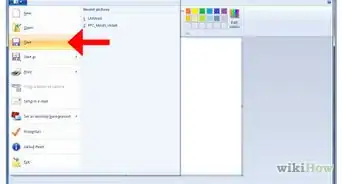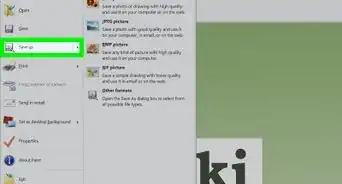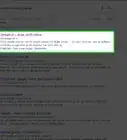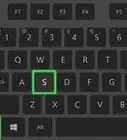This article was co-authored by wikiHow staff writer, Jack Lloyd. Jack Lloyd is a Technology Writer and Editor for wikiHow. He has over two years of experience writing and editing technology-related articles. He is technology enthusiast and an English teacher.
The wikiHow Tech Team also followed the article's instructions and verified that they work.
This article has been viewed 144,367 times.
Learn more...
Some of the most basic programs can be the trickiest to find, and Microsoft Paint is no exception. Thankfully, there are a variety of ways to locate Microsoft Paint, whether you prefer a simple file-to-file navigation or slightly more advanced Run commands; better yet, once you find the file, you can always create a shortcut back to your desktop. Here are a few ways to locate the Microsoft Paint program.
Steps
Finding Microsoft Paint in Your Computer
-
1Open the Start menu. To access Microsoft Paint, you will need to navigate through a couple of steps in the Start menu; open the Start menu by clicking the button in the lower left-hand corner of your screen with the left mouse button.
- Regardless of your operating system, the Start menu will always be in the lower left-hand corner.
- You can also bring up the Start menu by pressing the ⊞ Win key on your keyboard; although this key may vary in location, it will normally be in the lower left-hand corner of your keyboard.
-
2Click on "All Apps". Once you've brought up the Start menu, find the tab labeled "All Apps" in the left column of the menu and click it with the left mouse button. This will show you a comprehensive list of all the files you have installed on your computer, one of which is Microsoft Paint.[1]
- Depending on your version of Windows, your start menu may have a tab labeled "All Programs" in lieu of "All Apps"; if this is the case, click the "All Programs" tab.
Advertisement -
3Scroll down to "Windows Accessories". In the "All Apps" menu, navigate down by either clicking the downward-facing arrow to the right of the files, clicking and dragging the bar to the right of the files downward, or scrolling with your mouse or trackpad. You're looking for the "Windows Accessories" file, so you'll need to navigate to the "W" section before you even begin reading the files. "Windows Accessories" contains system files that come standard with your PC, such as Wordpad and Paint.
- Depending on your version of Windows, "Windows Accessories" might simply be named "Accessories"; if this is the case, click the "Accessories" file.
-
4Open your Accessories folder. Once you find the "Windows Accessories" file, click on it with your left mouse button, then scroll downward until you find the file labeled "Microsoft Paint". This is your destination file!
-
5Select Microsoft Paint. Double-click the "Microsoft Paint" icon with the left mouse button to open Microsoft Paint.
Opening Microsoft Paint with Run
-
1Open the Start menu. If you just need to access Microsoft Paint but cannot locate the shortcut, you'll need to access the main file location. Regardless of your operating system, the Start icon will be in the lower left-hand corner of your screen. Click on it to open the Start menu.
-
2Open the Run program. Even when you accidentally delete a shortcut, you don't actually remove the physical program from your computer; however, finding the actual file can be difficult. In this case, you'll use the Run program to access the root Paint file. In the search bar at the bottom of the Start menu, type in "Run" without the quotation marks. The top entry should say "Run" with the phrase "Desktop app" beneath it. Click on this entry to open the Run program.
- Older operating systems such as Windows XP will have a shortcut to Run in the start menu; in this case, simply click on the Run icon to open the Run program.
- You can also use the search function within the Start menu to locate Paint, through which you can create a shortcut by right-clicking the Paint icon and selecting "create shortcut" from the drop-down menu. [2]
-
3Use Run to open Paint. In the Run dialogue box, type in "mspaint.exe" without the quotation marks, then click on "OK" to search for Microsoft Paint. After a slight delay, this should bring up the Microsoft Paint interface.
-
4Use MS Paint as usual. When you go to save your creation, consider choosing the save location as your desktop, since it allows for the easiest access.
Creating a Shortcut for Paint
-
1Open the Start menu. To access Microsoft Paint, you will need to navigate through a couple of steps in the Start menu; open the Start menu by clicking the button in the lower left-hand corner of your screen with the left mouse button.
- Regardless of your operating system, the Start menu will always be in the lower left-hand corner.
- You can also bring up the Start menu by pressing the ⊞ Win key on your keyboard; although this key may vary in location, it will normally be in the lower left-hand corner of your keyboard.
-
2Click on "All Apps". Once you've brought up the Start menu, find the tab labeled "All Apps" in the left column of the menu and click it with the left mouse button. This will show you a comprehensive list of all the files you have installed on your computer, one of which is Microsoft Paint.[3]
- Depending on your version of Windows, your start menu may have a tab labeled "All Programs" in lieu of "All Apps"; if this is the case, click the "All Programs" tab.
-
3Scroll down to "Windows Accessories". In the "All Apps" menu, navigate down by either clicking the downward-facing arrow to the right of the files, clicking and dragging the bar to the right of the files downward, or scrolling with your mouse or trackpad. You're looking for the "Windows Accessories" file, so you'll need to navigate to the "W" section before you even begin reading the files. "Windows Accessories" contains system files that come standard with your PC, such as Wordpad and Paint.
- Depending on your version of Windows, "Windows Accessories" might simply be named "Accessories"; if this is the case, click the "Accessories" file.
-
4Open your Accessories folder. Once you find the "Windows Accessories" file, click on it with your left mouse button, then scroll downward until you find the file labeled "Microsoft Paint". This is your destination file!
-
5Create a shortcut. Now that you've found the original Paint file, you need to create a shortcut for easy access! Right-click Microsoft Paint and select "More Options" from the drop-down menu, then click "Pin to Taskbar". This will place a shortcut to Paint on the taskbar at the bottom of your screen; to open Paint from this point on, all you'll need to do is left-click the Paint icon on your taskbar and you'll be good to go!
- If you're using an operating system prior to Windows 10, you'll instead need to right-click Microsoft Paint and select "Create Shortcut" in the drop-down menu. The shortcut will appear on your desktop, from which you have the option of clicking and dragging the shortcut icon onto your taskbar.
-
6Open Microsoft Paint from your desktop. Whenever you decide you'd like to use Microsoft Paint, simply click on the Paint icon--no need to go through all of the different program files to find it!
- If you wish to rename your shortcut, right-click it and select "Rename" in the drop-down menu.
Community Q&A
-
QuestionI'm working with Windows 10 and my start menu task bar is non-functional. How can I create a shortcut for MS Paint?
 Community AnswerRight click on your desktop, then hover over the "New" option and select "Shortcut." In the first window that opens, type "%windir%\system32\mspaint.exe" (without quotation marks) into the dialog box, then click "Next." Name your shortcut "Paint" in the following text input box, then click "Finish." You will now have a shortcut to Paint on your desktop.
Community AnswerRight click on your desktop, then hover over the "New" option and select "Shortcut." In the first window that opens, type "%windir%\system32\mspaint.exe" (without quotation marks) into the dialog box, then click "Next." Name your shortcut "Paint" in the following text input box, then click "Finish." You will now have a shortcut to Paint on your desktop. -
QuestionDoes Windows XP Professional have MS Paint?
 Community AnswerYes, it is included in XP Professional (though it may have been deselected from the install list during installation).
Community AnswerYes, it is included in XP Professional (though it may have been deselected from the install list during installation).
Warning
- Don't click on or access any files within the hard drive (exclusive of Paint). Since these are system files, you can very easily render your computer unusable if you accidentally move or delete anything.

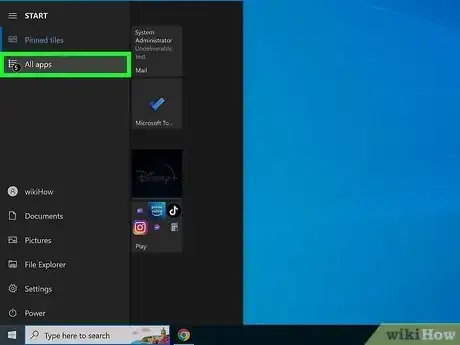
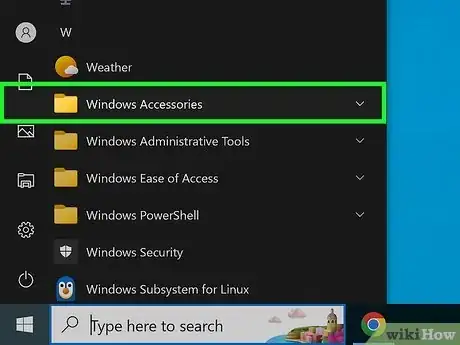



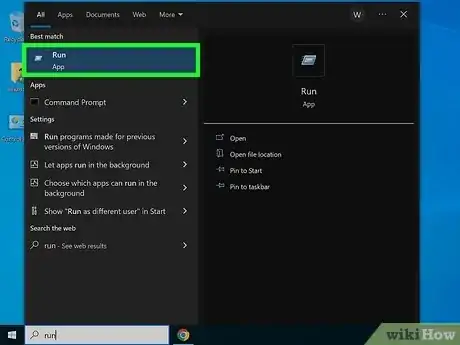
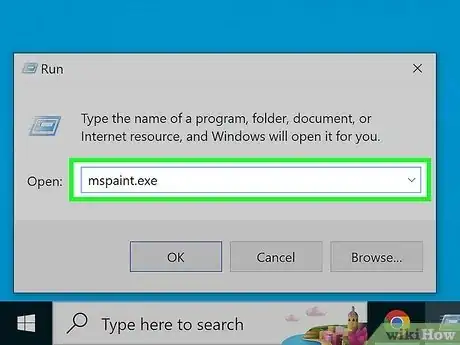

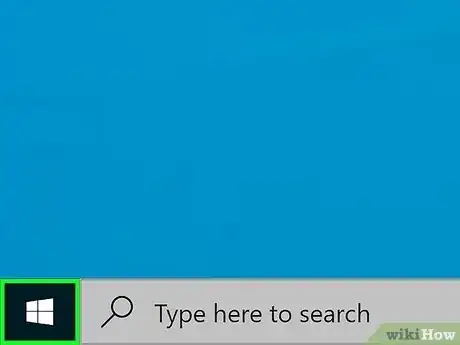


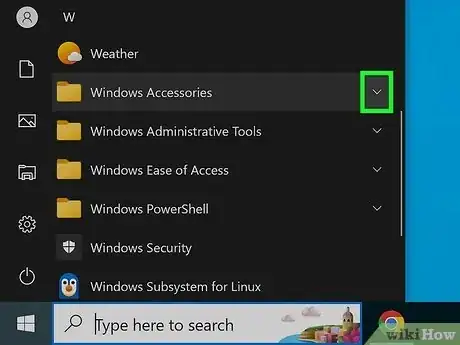


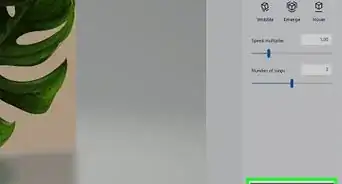
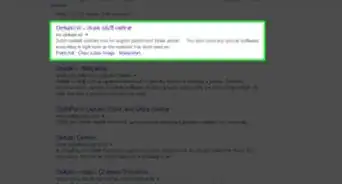
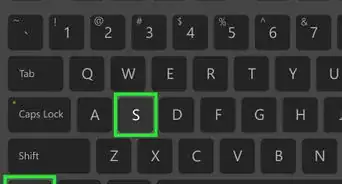
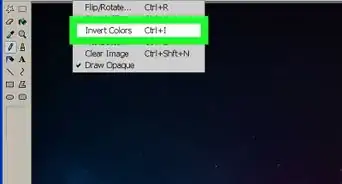
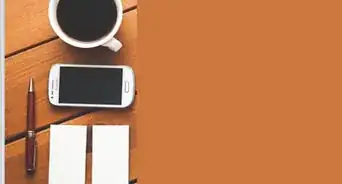
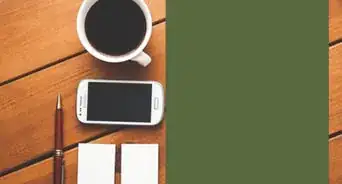
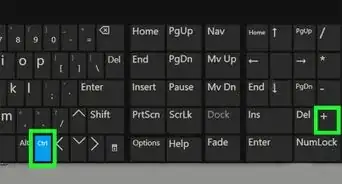
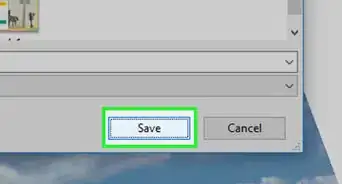
-Step-29.webp)
